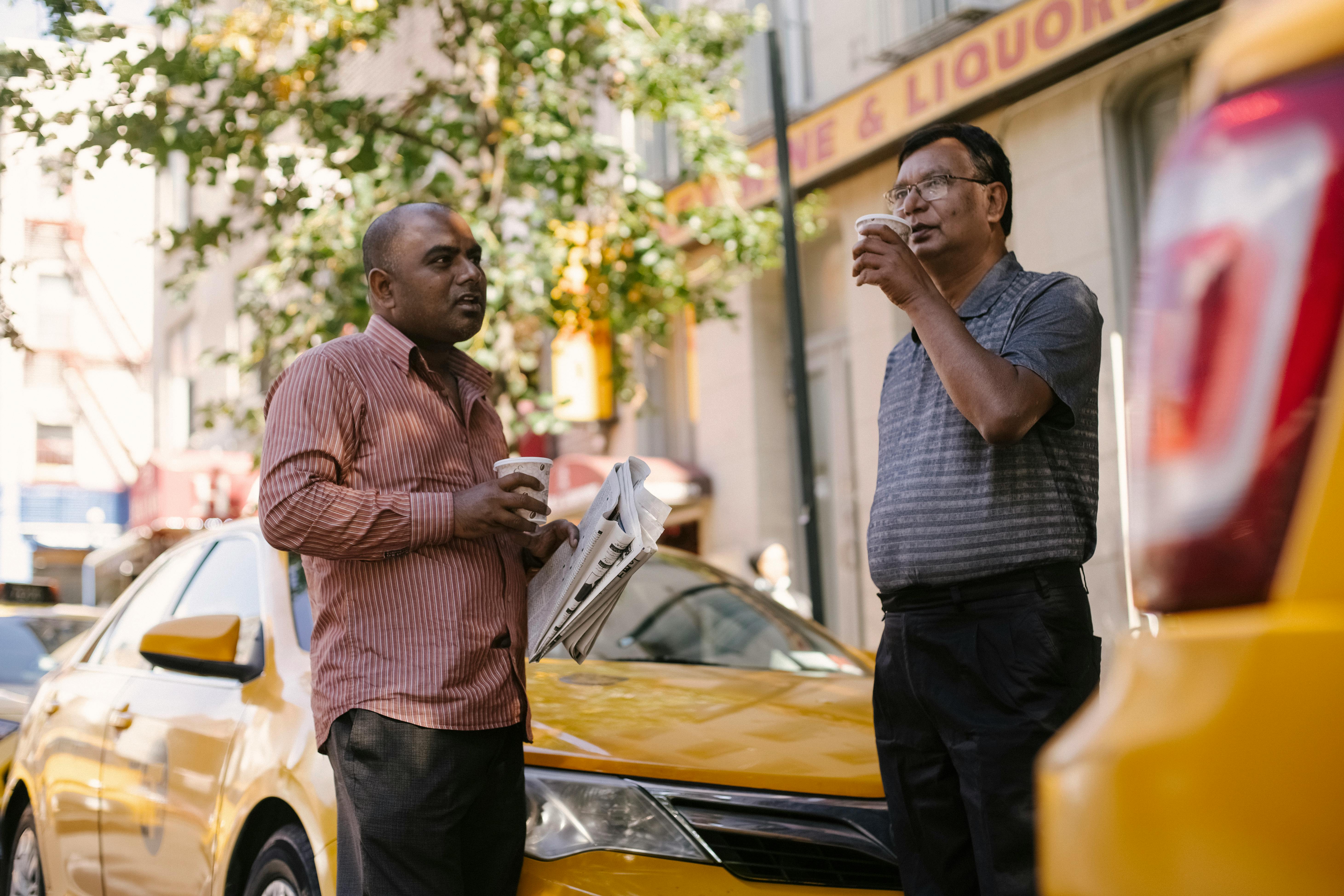If you’ve never cycled to work on a regular basis, commuting by bike can present many challenges. There are many trials and tribulations of the early morning and late afternoon bike ride.
Benefits
Mainly there are health benefits plus the savings in terms of monetary costs of having to drive or use public transport. Below is a guide on what to consider if you decide to give it a try.
what bike?
Touring bikes are probably the best option for first time bike commuters as it is an off-roader. Despite being clunky in terms of weight, a touring bike always comes with a mudguard (critical with the British weather) and a pannier rack to carry panniers at the front and rear of the bike. Touring bikes have a long wheelbase and relaxed geometry, making them comfortable for riding to work upright. If you’re looking for something a little sportier than a Hybrid it works fine too.
Plan a cycle route
It sounds obvious, but if you’re just starting out, choose a cycle route that gives you the feeling of optimal safety on your bike trip. When commuting by bike, anything that means you spend less time near motorized traffic is important, so follow bike lanes, use bus lanes, or use quiet residential streets whenever possible. Also take note of local bike shops on your bike trip. You’ll never know when you’ll need to use one.
Take care
Learn about cycling safety and the art of cycling. You will never be the next Mark Cavendish, so take it easy and be aware of everything around you, both in front of you and behind you, on the bike ride. More people are commuting by bike than in years past, but many are inexperienced and don’t necessarily know how to ride a bike. Unfortunately, a pedestrian hitting the road is a common thing.
wear comfortable clothes
Not everyone has showers at work, so make sure what you’re wearing is comfortable for your bike ride. Cargo pants work great with three-quarter length versions and pants especially recommended for summer cycling. For women, capri pants or pedal pushers are recommended. On top, a simple t-shirt will work in the summer, but in the winter months, a base layer with a sweater on top will keep you warm.
On-the-go cycling essentials
You’ll no doubt carry work-related stuff in your backpack or bike pannier, but it’s a good idea to pack a puncture and patch kit, a spare inner tube, tire lifter, and a tool kit with an allen wrench for simple troubleshooting. bicycle maintenance. Also bring a pair of surgical gloves to deal with punctures and other mechanical problems to avoid getting your hands dirty. In the winter, cycling can get a little more dangerous with the weather and diminishing daylight, so add lights and some type of high-visibility jacket to what you carry or wear.
Go to a basic maintenance course
Learning how to fix a flat tire, as well as how to deal with simple and common mechanical problems, will make you feel less panicky if you run into a problem while riding your bike.
